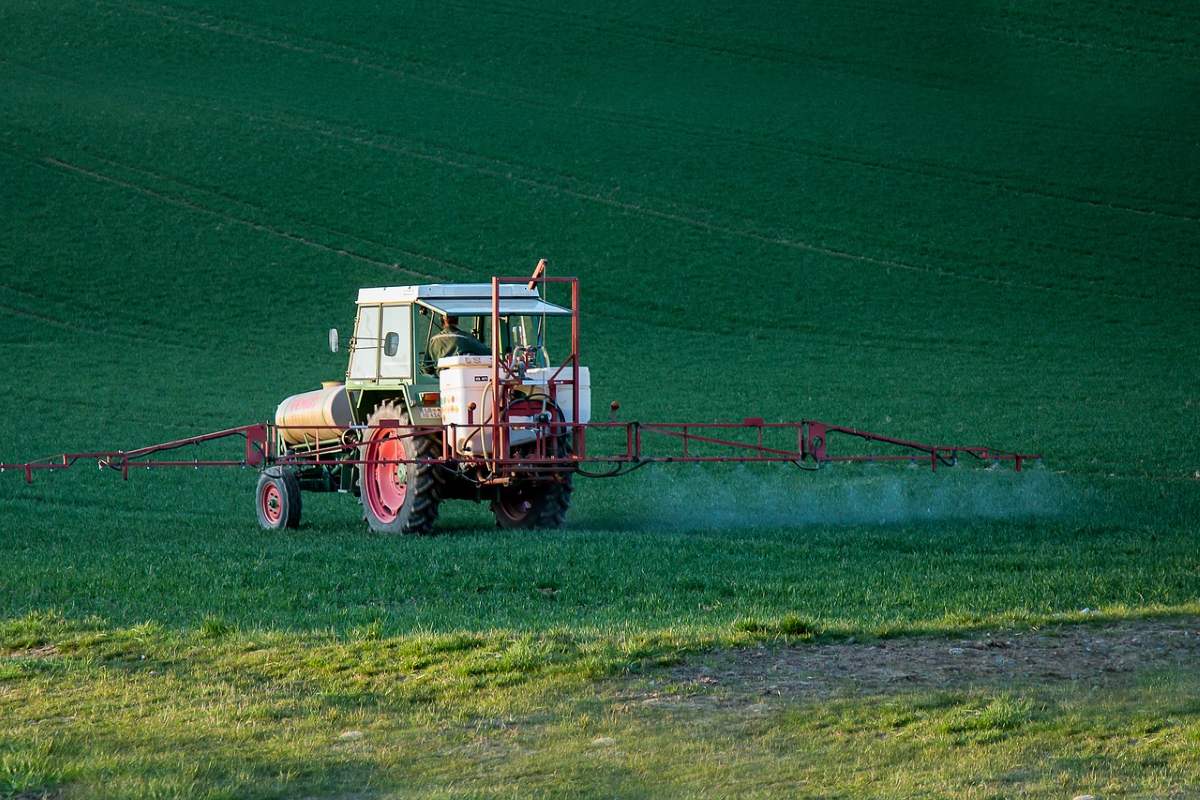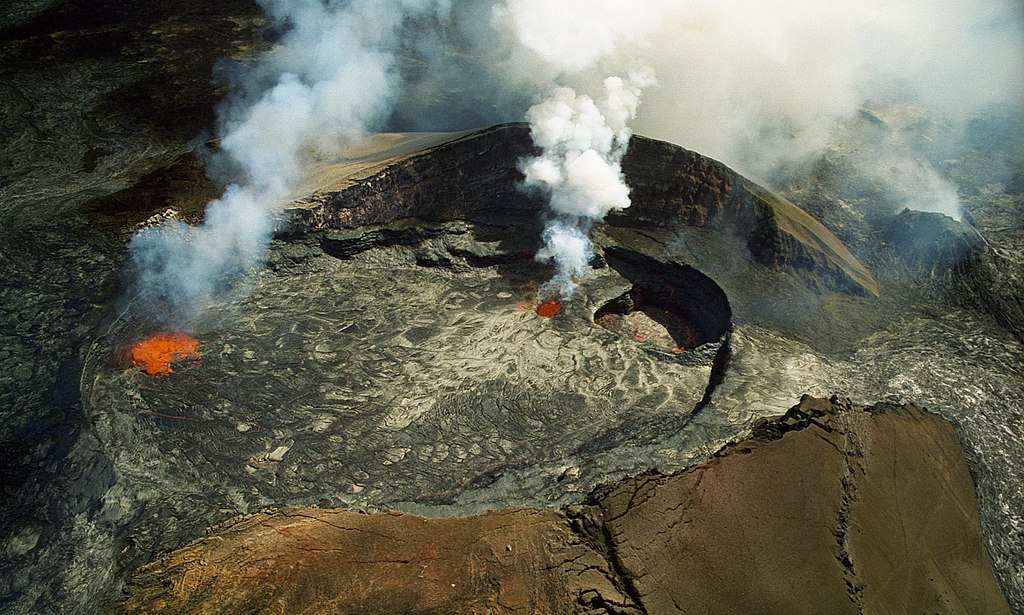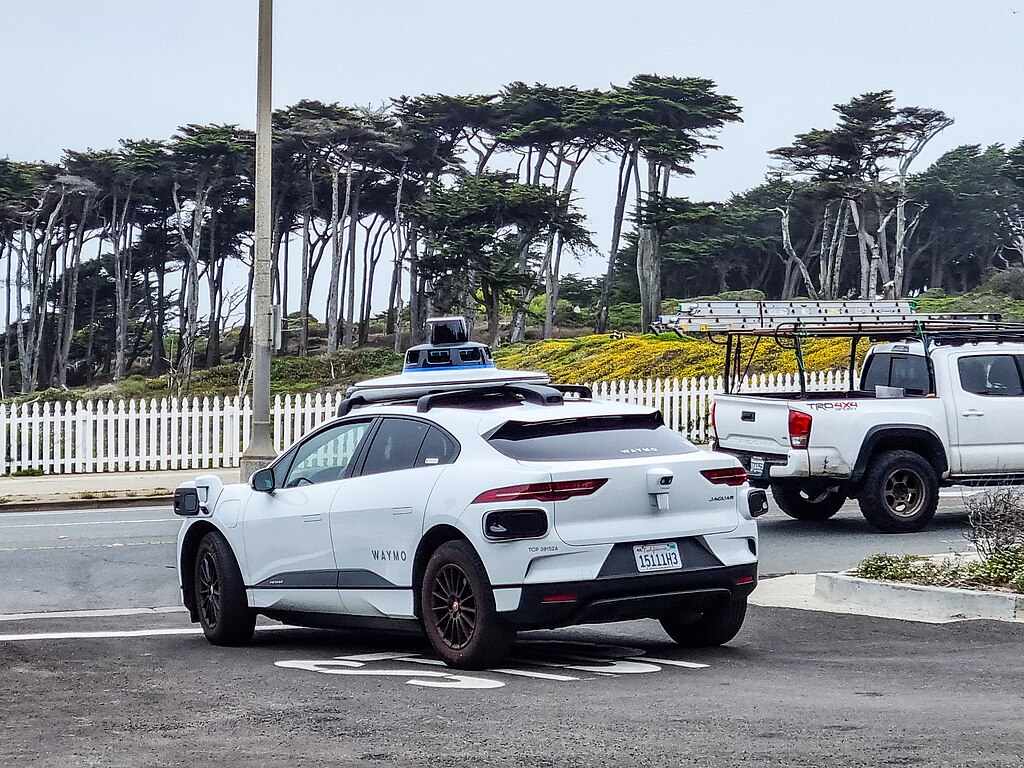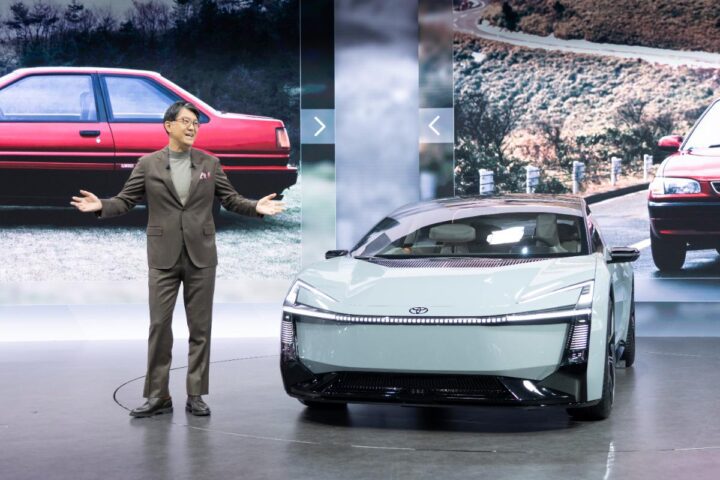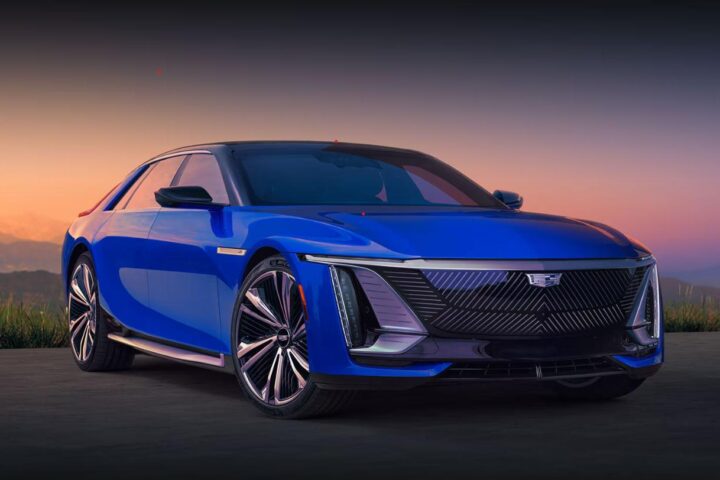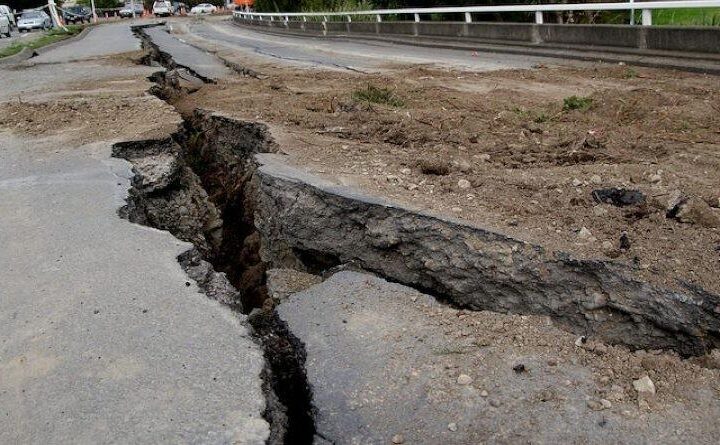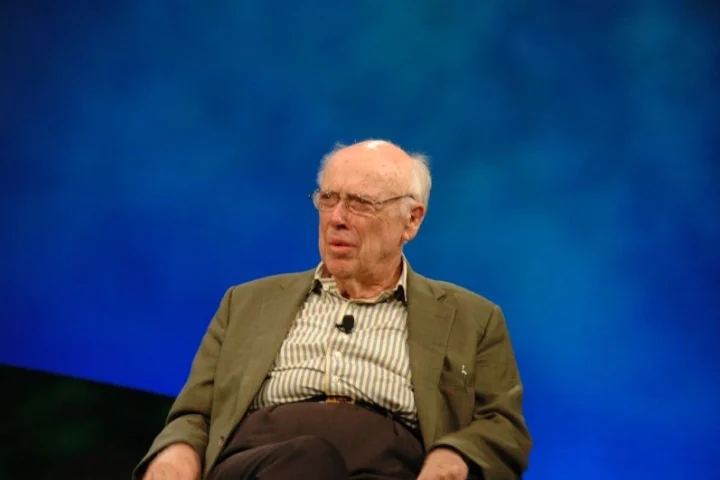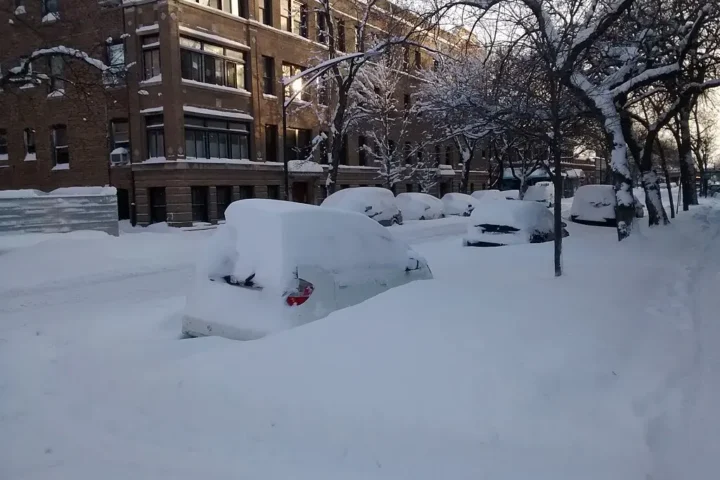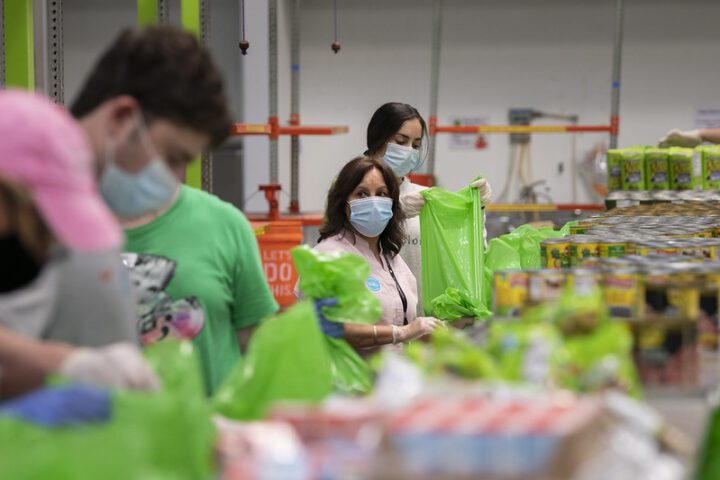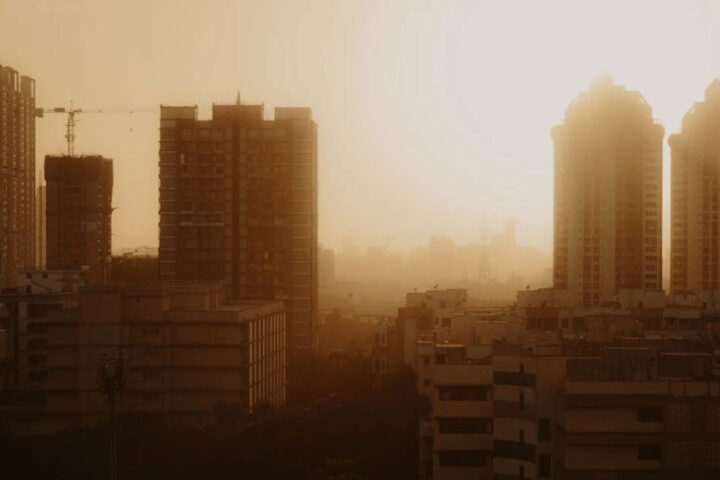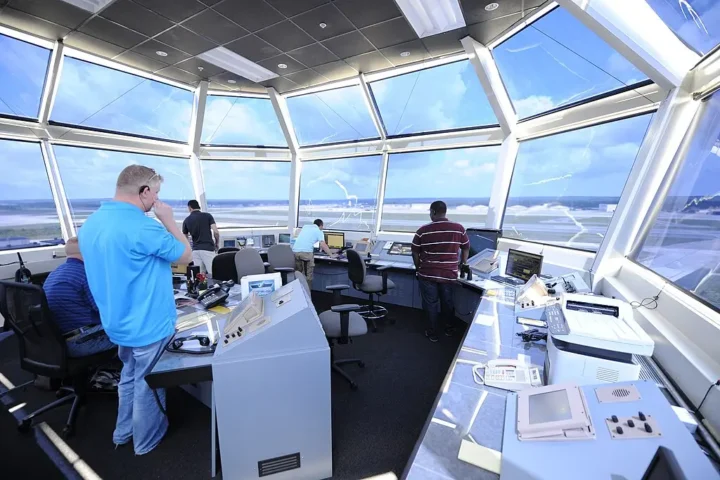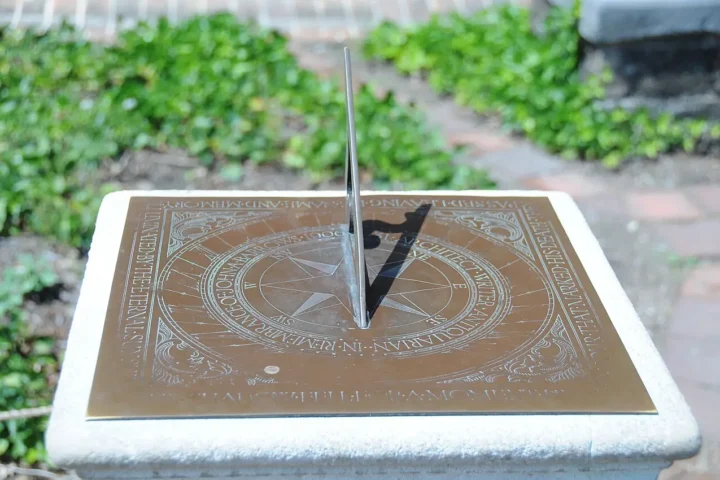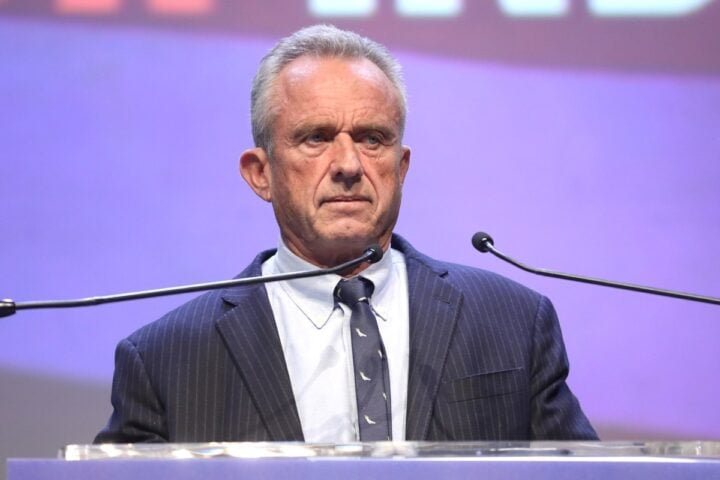The Make America Healthy Again (MAHA) Commission has significantly scaled back its planned actions on pesticides, according to the Center for Biological Diversity (CBD). Their recent press release claims the commission’s draft action plan removed concrete pesticide controls that were previously promised in a May report.
Instead of specific restrictions, the draft now focuses on messaging to build public confidence in Environmental Protection Agency (EPA) review processes and promoting new application technologies. This shift comes after intense lobbying from chemical manufacturers and agricultural groups concerned about potential regulations on widely used chemicals.
The CBD highlights glyphosate and atrazine as major public health concerns. Farmers in the United States apply hundreds of millions of pounds of these chemicals yearly, with glyphosate usage reaching approximately 300 million pounds and atrazine reaching around 70 million pounds. Research indicates atrazine affects drinking water for tens of millions of Americans and has been prohibited in dozens of nations worldwide due to health concerns.
Similar Posts
“Despite the administration’s promises to MAHA and the reality that using a billion pounds of pesticides in the U.S. each year is a major threat to public health, pesticide interests again prevailed in protecting their profits,” said Lori Ann Burd, environmental health director at CBD.
Forbes reports a political tug-of-war between MAHA activists pushing for stronger regulations and agricultural lobbyists seeking assurances. According to Politico, agriculture representatives received assurances that the forthcoming MAHA report would not include new pesticide policies. This tension reportedly delayed the release of the commission’s second report.
CBD also points to concerns about EPA appointees with industry ties. They specifically mention Nancy Beck, a former American Chemistry Council executive who now serves as principal deputy assistant administrator overseeing the EPA’s Office of Chemical Safety. The CBD also notes that Lynn Ann Dekleva, another former American Chemistry Council representative, now holds a position as deputy assistant administrator for new chemicals at the EPA.
The initial MAHA report released earlier this year identified certain pesticides as problematic, specifically mentioning glyphosate and atrazine. This identification triggered immediate resistance from farming organizations, who defended these substances as safe when properly used.
According to research cited by CBD, America permits the use of dozens of pesticide products that have been restricted or eliminated in other major nations, including the EU, China, and Brazil. More than a quarter of the pesticides applied to American farms contain ingredients that European regulators have banned.
Health and Human Services Secretary Robert F. Kennedy Jr. has repeatedly stated that many commonly used pesticides are “extraordinarily toxic” and contribute to chronic health problems. President Trump has also expressed concerns about America’s heavy pesticide use compared to Europe.
“The MAHA Commission is insulting the intelligence of Americans. It’s outlandish to recommend solving our pesticide woes by having the EPA and Big Ag try to convince us that the deeply flawed pesticide regulatory process is working just fine,” said Burd.
The draft plan’s change of direction represents a significant victory for agricultural and chemical industry interests, while disappointing environmental and health advocates who hoped for stronger action on pesticide regulation.
